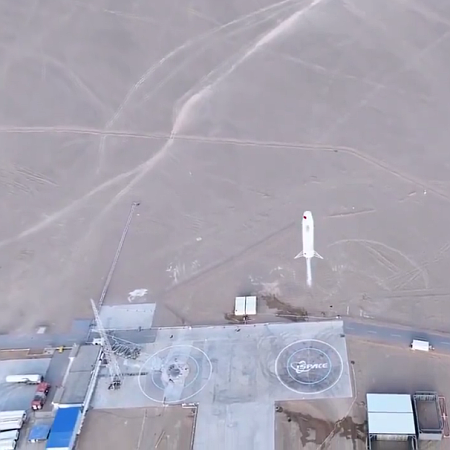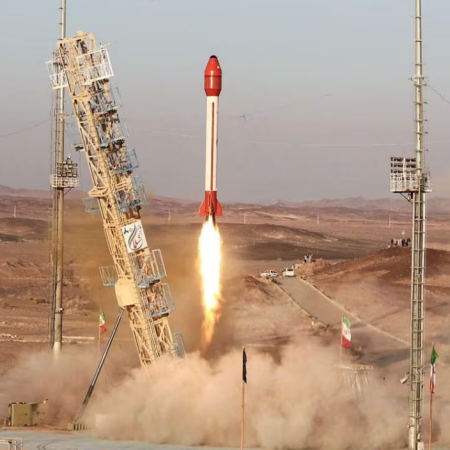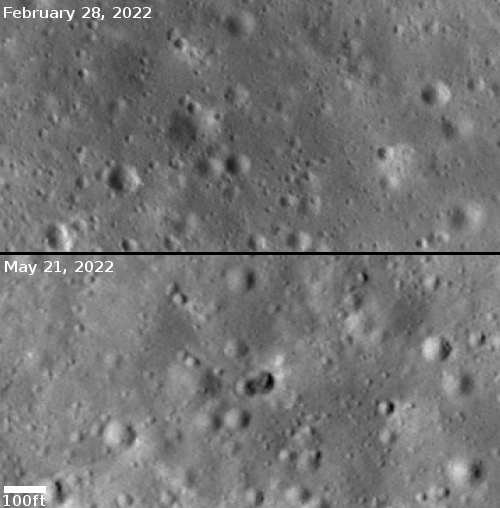China’s Kuaizhou-1A solid-fueled rocket launches four weather satellites
China today successfully completed its first launch in 2024, its Kuaizhou-1A solid-fueled rocket lifting off from its Jiuquan spaceport in northwest China carrying four weather satellites.
No information was released about where the rocket’s lower stages crashed inside China. Nor did China’s state run press provide any information on the payloads, other than to say they will most be “used to provide commercial meteorological data services.”
The 2024 launch race:
2 SpaceX
1 India
1 China
China today successfully completed its first launch in 2024, its Kuaizhou-1A solid-fueled rocket lifting off from its Jiuquan spaceport in northwest China carrying four weather satellites.
No information was released about where the rocket’s lower stages crashed inside China. Nor did China’s state run press provide any information on the payloads, other than to say they will most be “used to provide commercial meteorological data services.”
The 2024 launch race:
2 SpaceX
1 India
1 China




